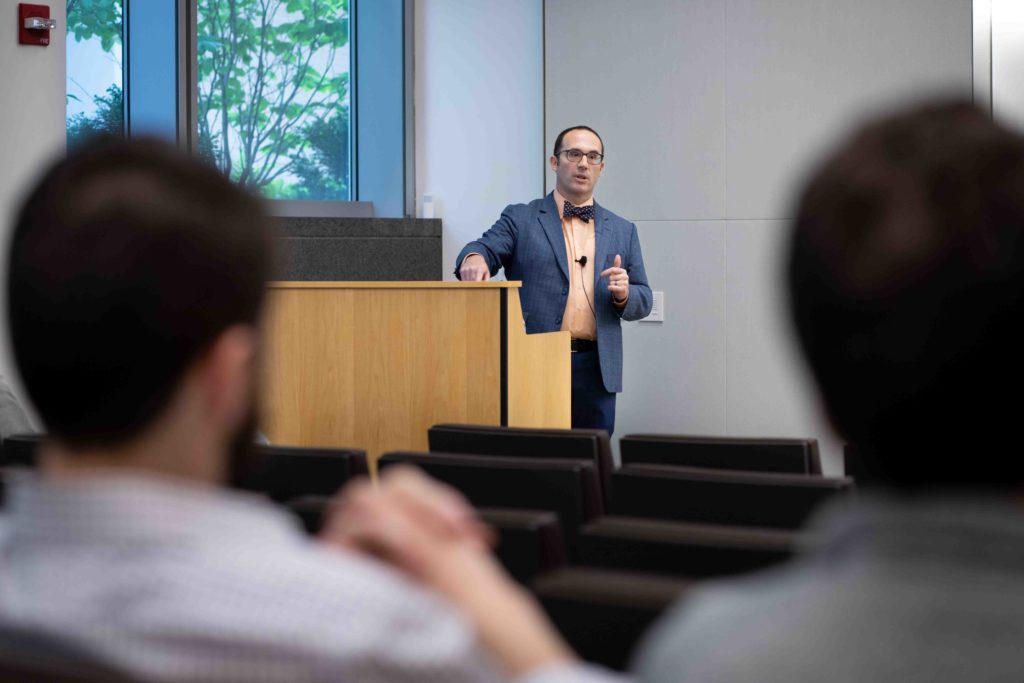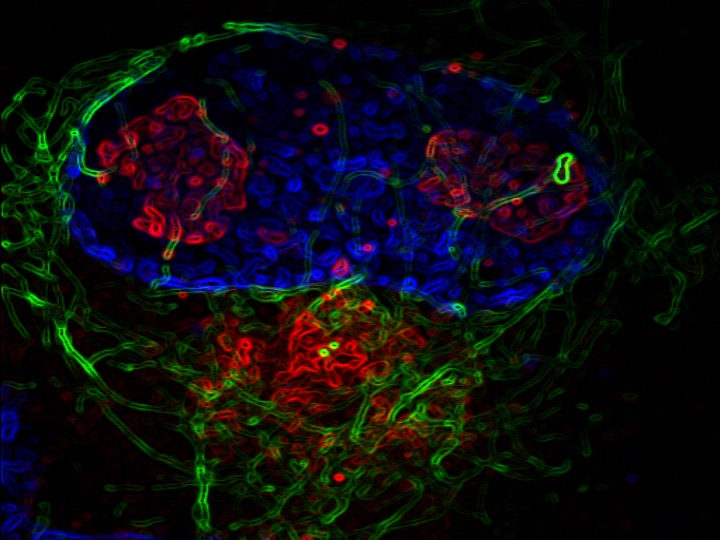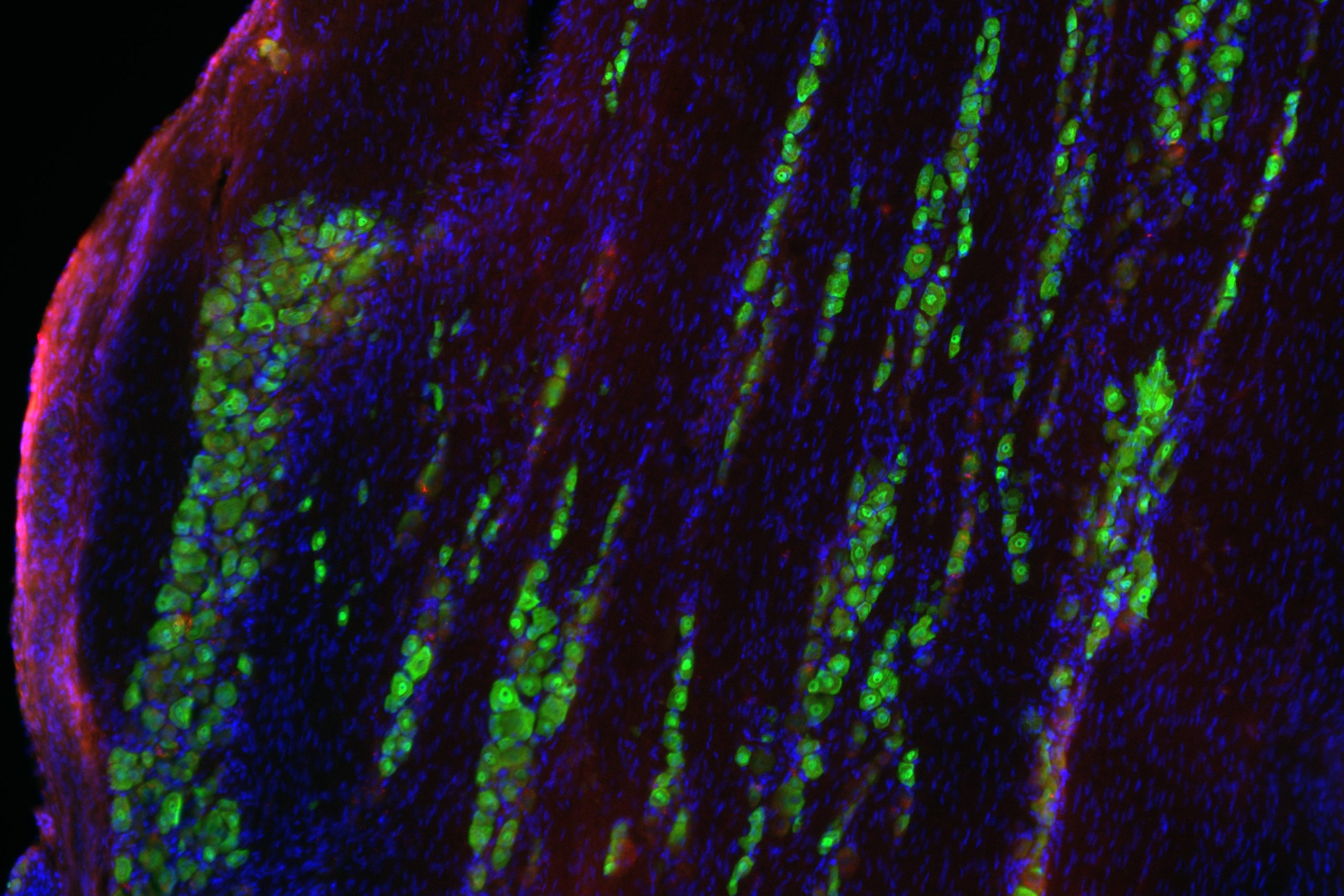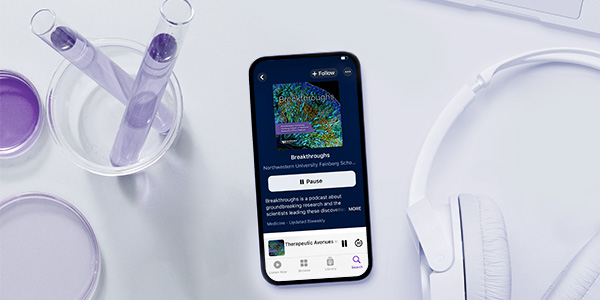
The Feinberg Academy of Medical Educators (FAME) recently hosted Brian Garibaldi, MD, associate professor of Medicine at Johns Hopkins University, who visited Northwestern to lead a workshop and lecture on the importance of the physical exam as part of the TIME (Today’s Innovations in Medical Education) lecture series.
Advances in patient care technology and increasing patient loads can lead to a decrease in time each patient spends with a physician, especially when it comes to physical examinations, said Mary McBride, MD, MEd, associate professor of Pediatrics and of Medical Education and director of FAME.
To underscore the importance of physical exams, FAME organized a workshop and lecture on the importance of physical exams and how medical professionals can combine best practices with current technology.
“As technology has advanced, it takes away, in some amount, from the use of our physical examination skills,” McBride said. “Dr. Garibaldi came to us to talk about the value of the physical exam, and does so backing that up with evidence and data. He tells us how that can better inform our use of technology. It’s a nice reminder for physicians and healthcare providers, to keep those skills sharp.”
During the lecture, entitled “Resuscitating the Bedside Physical Exam,” Garibaldi shared his personal experiences utilizing bedside physical exam skills to make diagnoses, how to combine physical exam skills with technology to garner the best patient outcomes possible, and his research into how time spent with patients may increase physician wellness and decrease burnout.
“Most of the diagnoses that we name are away from the bedside, from a diagnostic test that comes back a few days later,” Garibaldi said. “And I think what’s that’s led to is a false idea of technology trumping experience on the bedside, which is still the gold standard. Maybe some of this will change with visual recognition software or AI, but there are so many examples, such as in dermatology and even neurology, where an exam at the bedside can trump an MRI.”

Garibaldi also shared his recent work at Johns Hopkins, where he and his collaborators utilized location trackers to see where residents spent most of their time in the hospital. According to Garibaldi’s findings, residents only spent 12 percent of their time in the room with patients, which could lead to a loss of practical skills and even burnout, he said.
“Being a physician isn’t just about diagnosis and prognosis, it’s about the connection that we make with patients. And there’s emerging data about this – and I believe it – that some of the stress and burnout we see particularly amongst trainees and junior physicians is that they did not go into medicine to spend 60 percent of their time in front of a computer.”
In another study from Garibaldi and his team, interns were evaluated on their physical exam skills throughout the year. Garibaldi found that the further interns were from medical school, the lower they scored on physical exam assessments, likely because they weren’t seeing patients and practicing the skills they learned in school, Garibaldi said.
For Benjamin Ulrich, MD, PhD, an internal medicine intern at Northwestern, the workshop and lecture was a chance to learn more about one of his favorite aspects of medicine.
“I love the physical exam, it’s a way to form a partnership and a bond with a patient, and then also direct the medical management,” Ulrich said. “I’m interested in seeing the physical exam grow here at Northwestern and I’m excited for this new direction where we utilize it alongside new technology.”






